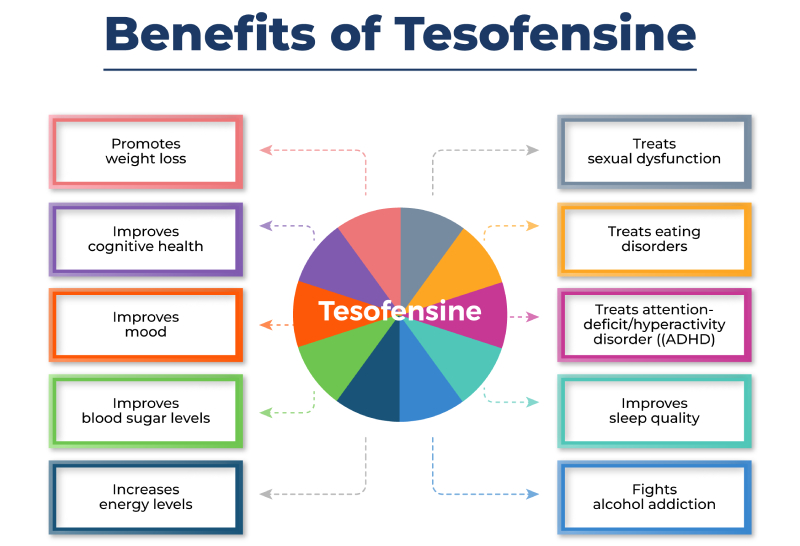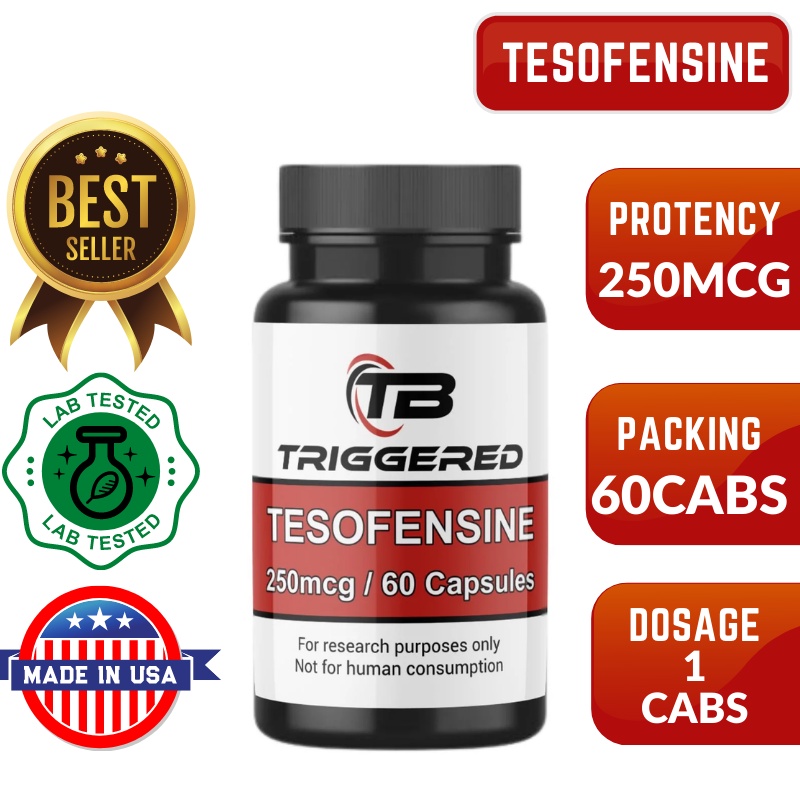
September 5, 2024
Excessive Weight Medicines In Advancement Pmc
Tesofensine Peptide In Midlothian, Va Extremely lately, it was revealed that CNS loss of GIPR provides mice immune to GIP-induced body weight loss, indicating that GIP regulates energy metabolism using CNS GIPR signalling185. Confirming the significance of this finding, it is significant that the superior weight-lowering effect of MAR709 relative to a GLP1 monotherapy of matched framework and pharmacokinetics disappeared in CNS Gipr knockout mice185. The central mechanisms and target areas for GIP harmony with GLP1 continue to be to be figured out, and significantly there are clashing preclinical outcomes that promote GIPR enmity as a therapeutic option for treating obesity184. FGF21 is produced primarily from the liver under problems of fasting, and decreases body weight by raising energy expense via main and outer mechanisms310,311,312,313. It binds to the CCK1 receptor (CCK1R) to reduce food consumption with a decrease in dish size314,315,316. The CCK1R is extensively expressed in vagal afferents, the NTS and the AP317,318, recommending that CCK sends the satiation signal by means of the vagus to the brainstem, where the satiation signal is predicted to the hypothalamus.What is the new weight management fired in 2024?
In 2024, nonetheless, a lately authorized weight-loss medicine called Zepbound (tirzepatide) will probably end up being widely used in the United States, and somewhere else even more down the line. This functions by imitating not only GLP-1, but additionally one more gut hormone called GIP.
Essential Findings From The Study
Because of the intimate co-location of the hypothalamus, pituitary and optic chiasm, visual disturbance from suprasellar tumors is fairly usual at presentation, with visual disruption recognized in more than 50% of individuals who offer with craniopharyngioma (39 ). Moreover, due to the co-location of the hypothalamus to frameworks within the cavernous sinus, craniopharyngiomas can result in other neurological sequalae consisting of epilepsy, cranial nerve disorder and cerebrovascular events which enhance in regularity with bigger tumours (62 ). Any one of these shortages either alone or in mix has the prospective to influence on the ability to take part in physical activity, and hence enhance the danger of obesity. GLP-1R agonists potentiate glucose-induced insulin secretion (GIIS) from pancreatic β-cells, which potently promotes insulin secretion and improves insulin sensitivity in fat, by means of improved β-cell task of GIPR. Below, we briefly present new drugs under advancement with the results of scientific phase 2 researches.Is Tesofensine Peptide Efficient For Weight-loss?
Liraglutide is much more stable in plasma and strongly binds to the plasma proteins, consequently having a much longer half-life (13 h) than the human endogenous GLP-1 (a couple of minutes) [10] On the other hand, at a reduced dosage of tesofensine (2 mg/kg) caused little or no ahead locomotion (Fig 7A). Rats spent more time in a quiet-awake state (S5 Video clip) than in a sleep setting (Fig 7B, S6 Video), and head weaving stereotypy was found in only one rat and for a brief period (Fig 7C; day 3, S7 Video Clip). Prior to this (because 2010), liraglutide was used as a subcutaneous injection for treatment of T2D in daily dosages of approximately 1.8 mg, demonstrating a lower occurrence of significant adverse cardiovascular events compared with finest standard of care in the LEADER trial76. The most typical complaints in patients treated with subcutaneous liraglutide 1.8 mg are gastrointestinal adverse effects including queasiness, https://s3.us-east-1.amazonaws.com/pharmacyjk65ghgh4/pharma-sales-strategies/product-distribution/excessive-weight-medications-in-development.html diarrhoea, throwing up and constipation77. The a lot more recently FDA-approved semaglutide at a dosage of 2.4 mg decreases indicate body weight to ~ 15% after 68 weeks of therapy (relative to ~ 2.4% in placebo controls) 38. The medicine is typically well tolerated although the regular GLP1-related negative effects (mostly nausea, diarrhoea, throwing up and bowel irregularity) still prevail38. Tesofensine 0.5 mg/day and 1 mg/day taken orally generated a weight reduction of 9.2% and 10.6% respectively in 24 weeks. The most typical unfavorable events resulting from tesofensine therapy were of intestinal origins and were mainly reported in the 1 mg group.- Nevertheless, tesofensine is a novel substance with possible in human researches and might be an encouraging choice for these clients [38]
- As our integrative functional medicine center intends to unlock your complete potential, tesofensine therapy can unleash its transformative power as an efficient weapon against excessive weight.
- Hereof, the balance of natural chemicals in the mind, specifically norepinephrine (NE), dopamine (DA), and serotonin (5-HT), is a significant determinant of the total weight-loss buildings of most appetite suppressants [14, 25, 64]
- Therefore, the referrals in the liraglutide packageinsert suggest that topics with less than a 4% weight loss at 16 weeksdiscontinue the drug [102]
- In 2013, cetilistat, a pancreatic lipase inhibitor, was approved as a therapy for excessive weight in Japan, which was marketed as Oblean ® by Takeda.
- One (naltrexone) of the two drugs has actually likewise been used as a monotherapy to treat addiction to alcohol, nicotine, and bupropion.

Social Links
